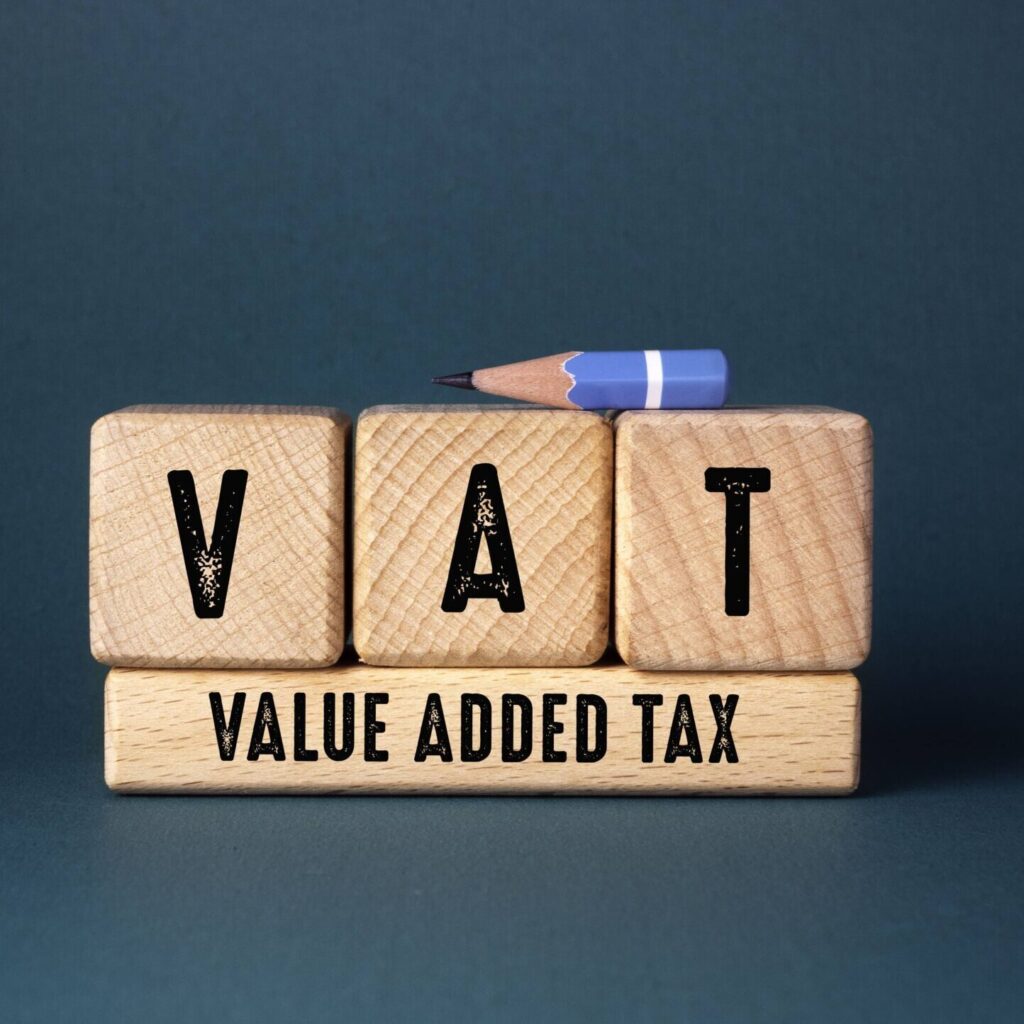VAT flat rate scheme – now is it time to leave?

What is the flat rate scheme?
VAT has always been a complicated tax in the UK.
The government introduced in 2002 the flat rate scheme to help SME’s with this complication.
The flat rate scheme could be used by businesses with an annual taxable sales value of £100,000 (excluding VAT).
One advantage was that users did not need to keep input tax records as the scheme did not allow a business to reclaim input tax. Marketed as a time saver scheme rather than a cost saver scheme, many businesses did not take up the offer.
The flat rate scheme grouped trading activity of businesses into categories and a percentage was then applied to each category.
The government believed that the percentages of categories would be less than the standard rate and the difference between the two would be classed as income for the business – happy days.
But not quite, as some percentages were too high and therefore businesses paid more!
A revision in 2003, saw the flat rate scheme offer tax savings rather than time savings:
- Threshold went up to £150,000
- First year of VAT registration saw a 1% discount on all percentage categories
- All categories saw a percentage reduction
- Input tax could be claimed on capital goods costing more than £2,000 + VAT
We now had something beneficial that businesses wanted to use.
Changes since 2003
The government have frozen thresholds since 2003. The UK has seen price increases and a high rise of inflation which means many businesses will leave the scheme (if they haven’t already) soon.
There are also restrictions to the scheme now such as the limited trader rules.
The limited trader rules applied to any business that was spending less than £250 or 2% of its gross turnover on ‘relevant goods’ each quarter. If a business fell into the limited trader rules, they must apply a 16.5% rate to their gross sales which is far less attractive than the previous rates.
The law changed in April 2017, to reduce the aggressive abuse of the scheme. A once simple way to account for VAT was now a complicated one!
- The limited trader test had to be applied at the end of each period
- There were strict rules about what was classed as ‘relevant goods’ so that businesses didn’t produce artificial purchases to meet the requirements and this was complicated to work out!
Fast forward to 2023
Businesses used to give their accountants paper records or spend a lot time gathering receipts.
The government have made Making Tax Digital (MTD) compulsory for VAT registered businesses which forced a shift to electronic record keeping.
So the time savings with using the flat rate scheme were no more!
If your accounting software such as Xero or QuickBooks is giving you time efficiencies and you’re now a limited trader under the scheme, what are you saving?
Not much, as the best days of the scheme are now in the past!






